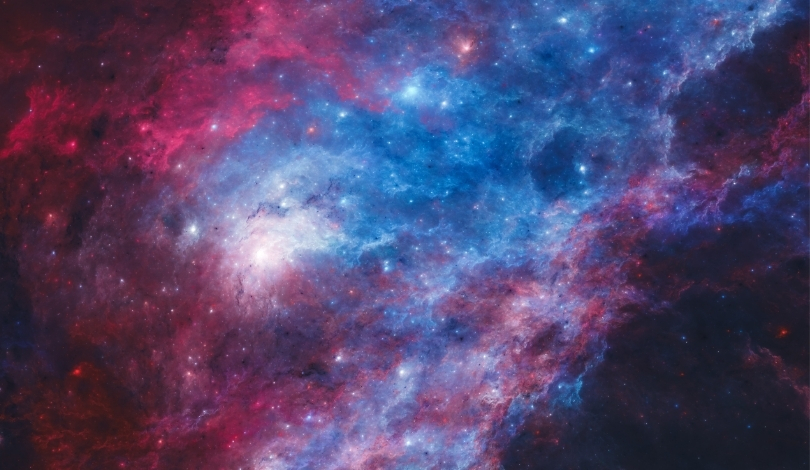Astronomers have long been fascinated with the processes that lead to the formation of massive galaxies and quasars. Recent observations have provided a unique glimpse into these cosmic events, revealing a pair of ancient, merging galaxies that may help answer fundamental questions. Utilizing advanced telescopes, researchers have detected dim quasars at the centers of these galaxies, potentially offering new insights into early Universe phenomena.
Decades ago, scientists theorized that galaxies grew large through mergers, contributing to the formation of quasars. Quasars, which are extremely active black holes, emit significant amounts of light, often outshining entire galaxies. Observations using the Subaru Telescope and ALMA (Atacama Large Millimeter/submillimeter Array) have identified two distant galaxies in the process of merging, with dim quasars at their centers, suggesting they might be precursors to the Universe’s most luminous quasars.
Astronomers’ Breakthrough
The Subaru Telescope, equipped with its Hyper Suprime-Cam, first spotted the faint pair of galaxies. Yoshiki Matsuoka from Ehime University identified the quasars serendipitously while analyzing images. The presence of dim quasars indicates they are likely in a pre-merger state. ALMA’s observations revealed a bridge of matter and specific gas movements, confirming the galaxies’ interaction and impending merger. This comprehensive data highlights the importance of studying these phenomena to understand galaxy formation.
Gas-Rich Galaxies and Star Formation
Gas plays a crucial role in these cosmic events. The merging galaxies contain an extraordinary amount of gas—about 100 billion solar masses. This substantial gas reserve is sufficient to fuel both star formation and the supermassive black hole, potentially leading to the creation of a bright quasar. Researchers believe interactions in gas-rich galaxies activate both star formation and active galactic nuclei, which could evolve into luminous quasars, offering a window into early cosmic processes.
Decades of research have aimed to unravel the mysteries of quasars. Historical data from initial radio astronomy detections in the 1950s to hundreds of identified quasars in the 1960s laid the foundation for current studies. Today’s observations build upon this historical context, leveraging advanced technology to explore questions about quasar formation and galaxy mergers. The study of these merging galaxies and their dim quasars represents a significant step forward in understanding the early Universe.
The discovery of these merging galaxies is pivotal for advancing our knowledge of cosmic evolution. Researchers are keen to further explore the stellar properties of the host galaxies using instruments like the James Webb Space Telescope. The ultimate goal is to deepen our understanding of how these early interactions shaped the Universe we observe today. This study marks a significant milestone in astronomy, providing a valuable cosmic laboratory for future exploration.










